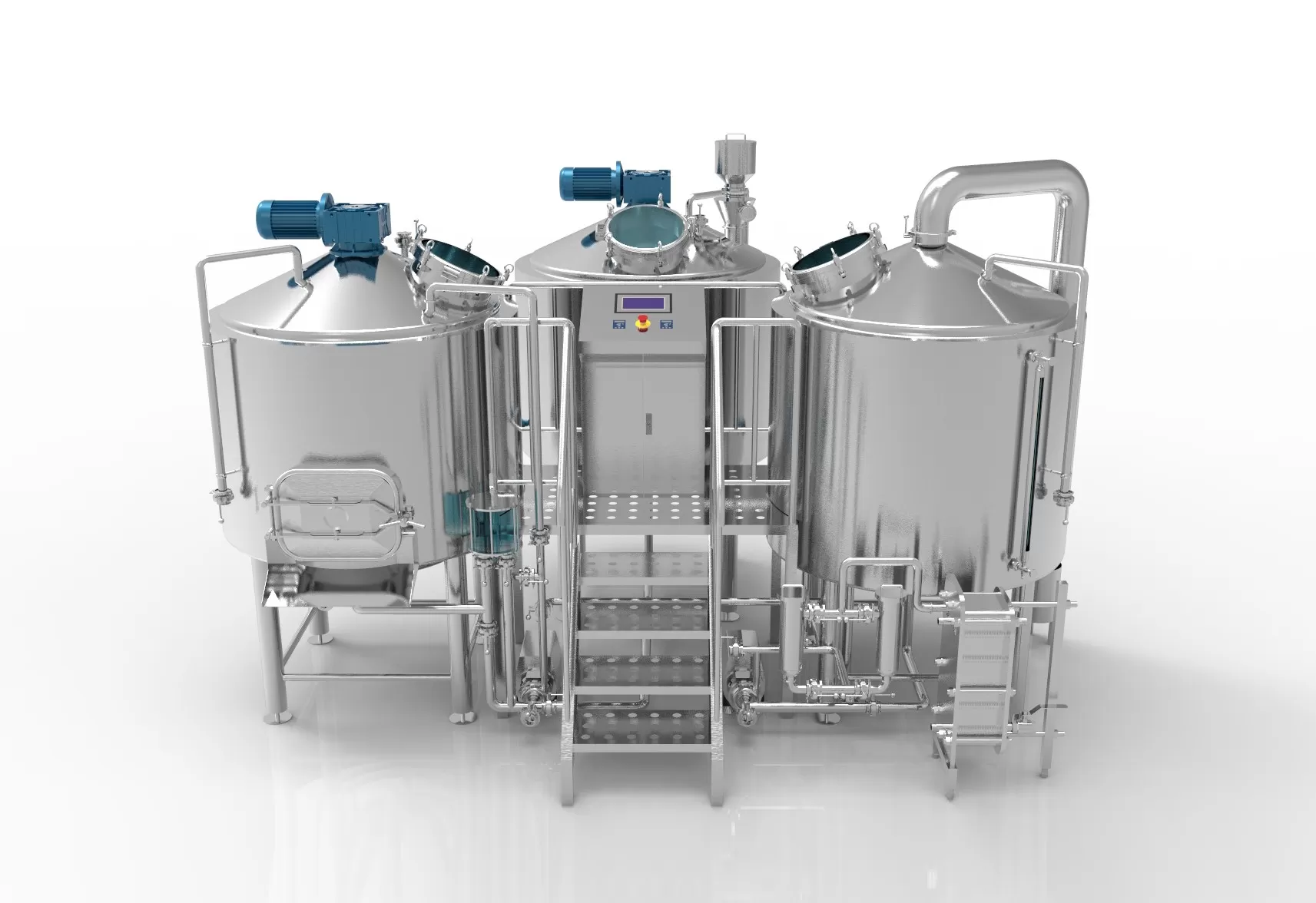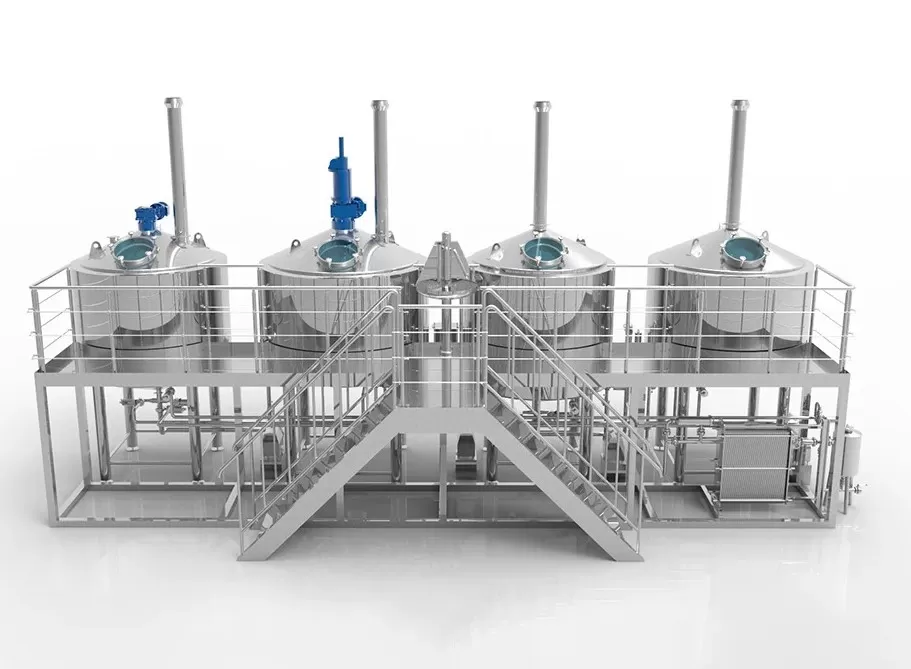Beer is one of the most popular beverages in the world and has been brewed and consumed for centuries. It is packaged, shipped, and distributed in countless different ways. Beer packaging is an important process in the production and distribution of this beverage. We all know that beer can come in bottles, cans, or kegs, each with its pros and cons. In this article, we’ll take a deep dive into the reasons to choose one or the other over bottled, canned, or drummed packaging.
Beer storage
Once the beer is produced and ready for sale, it needs to be stored. Storage is usually short and will take place at the brewery. Brew pubs will store beer in its original fermenting vessel until it is ready to be transferred to a serving container. In a package brewery, it can take hours between the filtration of beer and the storage between keg or bottle bottling. Normal bottling and barreling operations take place at low temperatures, with breweries refrigerating kegs at approximately 3°C (38°F) until ready for distribution. At this stage, the bottle is best kept at a cool temperature.
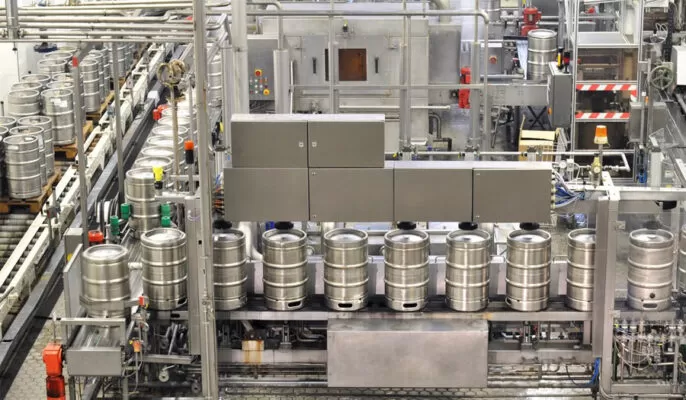
Beer packaging
Wooden barrel
Wooden barrels are one of the oldest and most traditional forms of liquid storage. Consisting of a series of wooden planks held together by metal rings, casks have historical value not only in beer, but also in the storage and aging of most alcohols. By far the most important barrels used in the beer industry are wooden barrels.
Keg
The keg is the primary dispensing container used in the beer industry. The draft beer served in the bar is keg beer. These metal (sometimes plastic) containers have a tube that extends to the bottom and usually have a ball lock mechanism that seals them. When engaged with the tap connector, gas is pushed into the keg, pushing the beer through the tube and out the ball lock joint.
1/2 bucket small bucket
The most common keg size in the US is the half bucket, which holds 15.5 gallons and holds 124 pints or 165 cups of 12 oz.
1/4 barrel keg
1/4 Bucket Buckets or kegs hold 7.75 gallons and come in two sizes: short and wide, or tall and skinny, and are not as common as they used to be. 1/4 bucket keg holds 62 pints or 82 12 oz.
1/6 barrel
The 1/6th barrel keg, or sixth keg, replaced the used keg. A 1/6 bucket is equal to 41 pints or 55 12 oz bottles and is one of the two main keg sizes used by Firestone Walker.
50 liter keg
50L barrels are found in breweries in Europe and the UK, where it is the standard. Like a 1/2 barrel in the US. The 50 liter keg holds 105 pints or 140 cups of 12 oz.
Cans
Can technology has undergone many changes and advancements to become one of the most popular beverage packaging devices in the world. Cans tend to be the preferred packaging method for brewers and beer consumers because they limit light and oxygen exposure, are cheaper to ship, and are easy to recycle.
Bottled
The bottle will always be the preferred packaging unit for beer. Whether it’s a cork or a lid, the bottle is still used around the world to package beer and comes in a variety of sizes and styles.
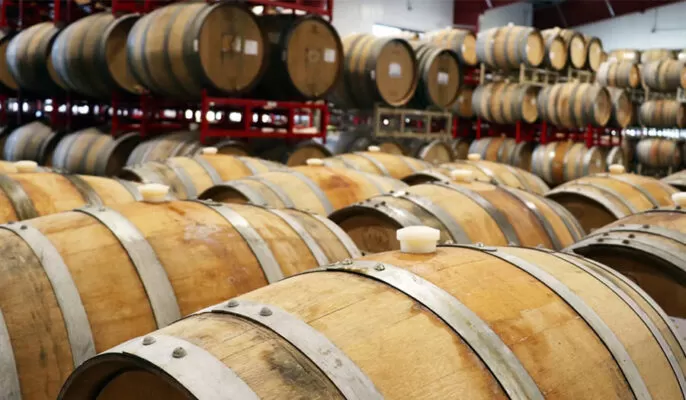
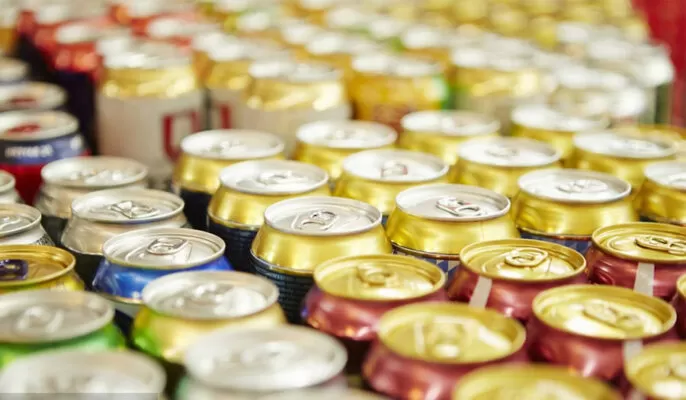
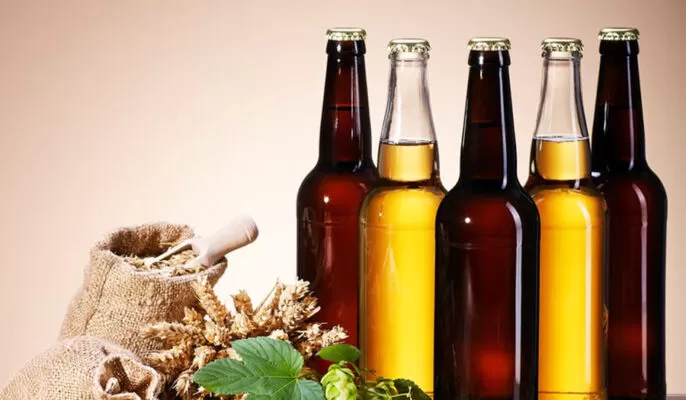
How is beer stored?
The ideal storage temperature for beer is 45 to 55 degrees Fahrenheit. If the beer is stored too cold, the taste will be weakened. If beer is stored at too high a temperature, the flavors will become more pronounced and the beer will age faster. Most beers are best served at room temperature between 55 and 60 degrees Fahrenheit. It is best to store standard beer in a cellar (50-55 degrees Fahrenheit). Some beers can be aged for a year or more, while others can be aged for a decade or more.
Does beer need to be stored in the refrigerator?
It’s always best to do this when storing beer in a refrigerated container. Request for draft beer and other craft beers. The flavor will age faster and lose its freshness if stored in an unrefrigerated container. The role of the refrigerator is to slow down microbiological and physical changes in the food, and it does this function for beer as well. When storing beer in the refrigerator is not possible, it should be stored in the coolest, darkest area of the house, away from high humidity. Many people think that rapid changes in temperature will ruin the beer, but this is usually not a real problem.
The correct way to store beer
- Store the beer in the correct place. By storing beer upright, you ensure that the sediment (yeast) stays at the bottom. Also, by storing beer upright, it oxidizes less and will last longer.
- Store the beer in a dark place. enough, UV or blue light can cause it to “tap” or “stink,” meaning the flavor is less than desirable.
- Keep it cold. Heat not only accelerates the aging and development of flavors over time, but also spoils the beer. It is ideal to store beer at a constant temperature of 50 to 55 degrees Fahrenheit.


